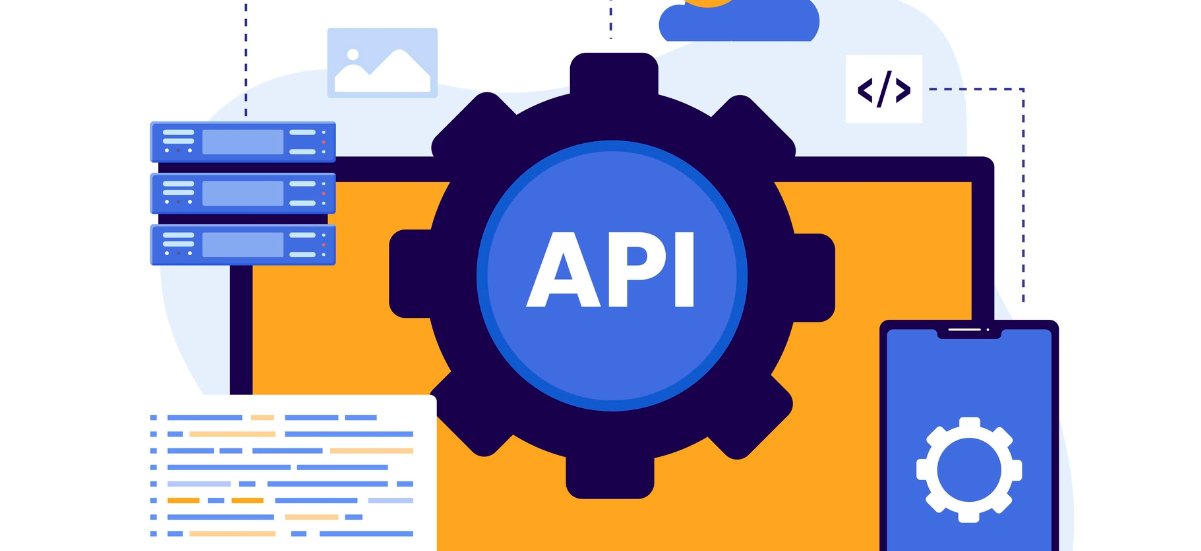Can NBFCs Follow Banks To Create Its Own Ecosystem Using APIs? – In the quickly changing landscape of financial services, technology is at the center of all innovation and disruption. Banks, specifically those that were early adopters of digital transformation, have used Application Programming Interfaces (APIs) to create successful ecosystems that engage customers, make efficiencies, and generate new revenue opportunities.
Non-Banking Financial Companies (NBFC), who traditionally do not engage in full-scale banking services, are now under pressure to innovate. With increased competition, growing customer expectations, and regulatory nudging for transparency and inclusivity, we must wonder, Can NBFCs Follow Banks To Create Its Own Ecosystem Using APIs? The short answer is yes. And they should.

Understanding APIs and Ecosystems in Finance
Before diving into what opportunities present for NBFCs, it is essential to understand what applications mean in finance, API, and ecosystem. API is a mediator software that enables applications to work together. In finance, an API has enabled institutions to combine with third parties, create an easy customer experience, and expose usable services for consumption by fintechs or other partners.
An ecosystem is defined as a set of digital services and partnerships around a financial service provider providing services around payments, lending, insurance, investments, KYC, credit scoring, etc, all delivered through third-party APIs.
Banks have embarked on a journey to build an API-based platform to enable external developers and fintechs to plug into their ecosystem. This enhances and broadens the range of services provided by banks, while they ensure that customers remain in their ecosystem.
Why NBFCs Should Explore an API-Based Program
Diversification of Services
NBFCs have frequently been focused on offering niche product offerings. In acknowledging the trends of APIs and embedding financial services, NBFCs may consider working with third-party service providers, fintechs, and/or even e-commerce companies to expand their offerings to value-added services beyond lending. For example, an NBFC offering SME loans can combine its product with a bookkeeping or invoice management app and become more relevant to small businesses.
Expedited Onboarding and KYC
APIs can be directly combined with Aadhaar, PAN, GSTN, credit bureaus, and digital KYC services to decrease onboard time significantly, enhance operational efficiency, and improve compliance for NBFCs. Many RegTech companies offer turn-key KYC APIs that NBFCs can use to execute their verification processes.
Embedded Finance Applications
NBFCs can also explore the quickly growing area of embedded finance, similar to banks. Through APIs, the lending services of NBFCs can be embedded directly into e-commerce websites, ERP systems, logistics marketplaces, or even mobile applications and access to a wider audience.
Enhanced Credit Underwriting
APIs allow NBFCs to combine alternative data sources into their credit models, including e-commerce history, mobile usage, GST filings and social media signals. This is specifically helpful for thin-file and unbanked customers who do not have a credit history.
Improved Agility and Innovation
In contrast to banks, various NBFCs are more flexible and less constrained by legacy technologies. This part can be a significant asset in the context of moving to an API-driven model. NBFCs can quickly try the latest solutions, pivot according to how users behave, and partner with fintechs that create exciting new financial products.
Moreover, by adopting an open API strategy, NBFCs can also future-proof their systems, systematically chaining together modules and adding new abilities as required.
Challenges of Building an API Ecosystem
Apart from the rewards of an API ecosystem, it does not come without some challenges. NBFCs will still face –
Technology Stack
As indicated previously, various NBFCs continue to work on legacy or fragmented technology. Moving to a cloud-native, API-first architecture will need a significant commitment of capital and resources to develop people with the skills to move the architecture.
Security or Compliance
Opening up APIs means exposing some of the internal systems to third parties. Without right API gateways and controls for encryption and access, this poses a significant risk to security. Moreover, regulatory compliance, specifically around data privacy, must be perfectly managed.
Lack of Standards
Even with RBI’s push towards increased digitization, API standards across NBFCs come in an unorthodox manner. Different from the banks that have recently started standards for APIs under the auspices of frameworks like Account Aggregator (AA) or Open Banking, NBFCs do not have a coordinated systematic infrastructure.
Partnering in an Ecosystem
Building an effective ecosystem led by APIs will need NBFCs to partner with fintech firms, developers, and possibly even competitors. This model of open innovation may be a cultural departure for various traditional NBFCs.
Looking Ahead – How Can NBFCs Begin?
If an NBFC wants to create an API led ecosystem, here is a guide to get started:
Identify Core Use Cases
Start by focusing on a few high-impact areas like digital onboarding, credit scoring, or collections. Identify partners or fintech firms that can help enhance these processes through APIs.
Develop the API Infrastructure
Invest in an API management platform. Ensure that your core systems can work in a modular, real-time environment.
Partner Effectively
Use the abilities of Account Aggregators and other fintech API products to launch new products and enhance effectiveness.
Threat and Compliance
Use secure forms of user authentication, ensure that encryption is used, and comply with RBI regulations and any other needs that apply.
Build an API Developer Portal
Much like other huge banks, NBFCs can have a portal to present their APIs, offer a sandbox environment for experimentation, make documentation, and develop support for developer and partner use.
Conclusion
In today’s world of data as gold and convenience as king, APIs are the instruments that enable financial institutions to mine value and serve better. Banks have been at the head of the API-powered ecosystem, but the NBFCs can jump over conventional barriers and realize agile, digital-first ecosystems.
NBFCs can take the example of banks, but they can also establish their ecosystem suited to their niche audience and financial service. If NBFCs have the right technology, partners, and vision, their future can be API-first, customer-centric, and woven into the digital economy.
FAQs
What do APIs contribute to NBFCs?
APIs enable NBFCs to smooth operations, provide new digital services, combine with fintechs, reduce onboarding time, enhance credit underwriting, and extend customer outreach through embedded finance.
How can NBFCs start an approach toward adopting APIs?
NBFCs should begin by identifying the most important use cases, investing in an API management tool, partnering with fintechs, and engaging regulatory oversight. A phased rollout should include clear metrics for ROI.
Should NBFCs feel comfortable exposing APIs to third-party software and services?
Yes, in conjunction with secure API gateways, authentication protocols, data communication encryption, and privacy regulations. Security should be basic to any API strategy.








